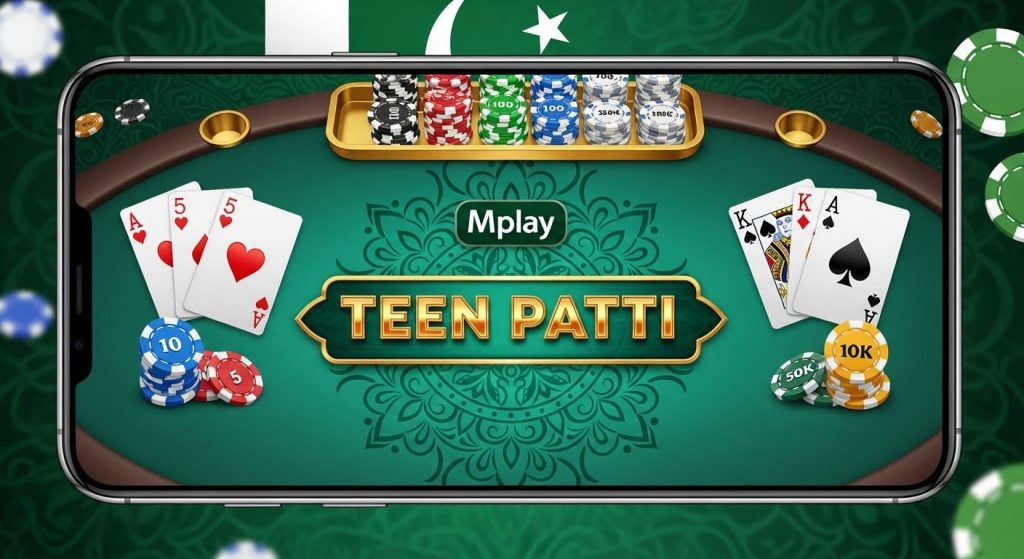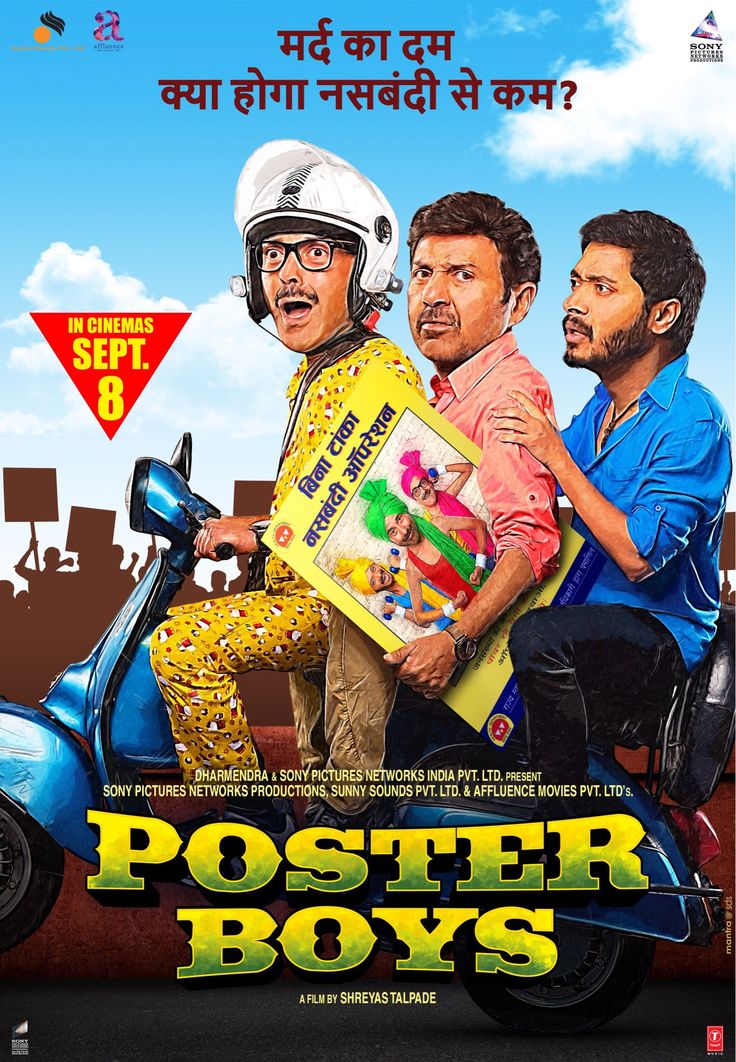The subtle shuffle of cards, the intense gaze across a table, the quiet tension punctuated by a strategic “show” – these are the quintessential elements of card games that have captivated humanity for centuries. Among these, ‘tash patti’, a term often used interchangeably with the popular Indian card game teenpatti.com, stands as a cultural cornerstone, particularly across South Asia. For generations, it has been more than just a game; it has been a social ritual, a bonding activity during festivals, family gatherings, and everyday moments of leisure. Its enduring appeal lies in a fascinating blend of strategy, bluff, and pure chance, requiring both a keen mind and a poker face. However, as the world transitioned into the digital age, questions arose about the fate of such traditional pastimes. Would they fade into obscurity, overshadowed by new forms of entertainment? The answer, unequivocally, has been a resounding no. Far from disappearing, ‘tash patti’ has experienced a profound and vibrant resurgence, reimagined and revitalized by the very technology that once seemed to threaten it. This transformation has been largely driven by innovative online platforms, with Teen Patti Vungo emerging as a prime example, demonstrating how digital innovation can not only preserve but dramatically amplify the cultural significance of beloved traditions. This article delves into the rich history and cultural resonance of ‘tash patti’, explores the pivotal role of the digital age in its resurgence, and highlights how platforms like Teen Patti Vungo are spearheading this fascinating evolution, ensuring the game’s relevance for a new generation of players worldwide.
The Enduring Legacy of ‘Tash Patti’: A Cultural Tapestry
To truly appreciate the current digital renaissance of ‘tash patti’, one must first understand its deep-rooted legacy. While the precise origins of card games are debated, their presence in various forms has been documented across civilizations for centuries. In the Indian subcontinent, Teen Patti – literally “three cards” – has evolved into a distinctive and immensely popular game. It is a variant of poker, simplified for quicker play, yet retaining the core elements of betting, strategy, and the psychological interplay between players. The game traditionally involves three to seven players using a standard 52-card pack. The objective is to have the best three-card hand according to a specific ranking system, or to bluff opponents into folding, regardless of the quality of one’s own hand. This blend of skill and luck, where a weak hand can win with a convincing bluff and a strong hand can be folded through fear, is what makes it endlessly engaging.
Culturally, ‘tash patti’ has been intricately woven into the social fabric of homes and communities. It is synonymous with Diwali celebrations, family reunions, and casual get-togethers, providing not just entertainment but also a framework for social interaction, friendly banter, and shared laughter. It transcended age barriers, bringing together grandparents and grandchildren, seasoned players and eager novices. The tactile experience of shuffling and dealing physical cards, the clinking of chips (or whatever makeshift tokens were used), and the immediate, personal connection with fellow players were integral to the traditional experience. However, this inherent reliance on physical presence and proximity also presented limitations. Geographical distances, busy schedules, and the simple logistics of gathering enough players often meant that playing ‘tash patti’ was a sporadic luxury rather than a consistent pastime. The game’s enduring appeal, despite these constraints, spoke volumes about its inherent entertainment value and cultural significance, setting the stage for its dramatic digital transformation.
The Digital Transformation: Reshaping the Card Gaming Landscape
The advent of the digital age, particularly the widespread proliferation of smartphones and high-speed internet, ushered in a revolutionary era for entertainment, with gaming at its forefront. This technological leap fundamentally reshaped how people interact with games, moving from dedicated consoles and physical board games to ubiquitous mobile applications. The mobile gaming revolution democratized access to entertainment, placing a universe of interactive experiences literally in the palm of one’s hand. This shift was not merely about convenience; it was about accessibility, breaking down geographical barriers and enabling global connectivity. For a game like ‘tash patti’, which traditionally relied on physical proximity, this presented an unprecedented opportunity for expansion and revitalization.
Online platforms began to emerge, translating the traditional card game experience into a virtual format. This transformation brought with it a host of advantages. Automated dealing and scorekeeping eliminated manual errors and sped up gameplay. Graphics and user interfaces evolved from rudimentary designs to visually appealing and intuitive layouts, enhancing the overall user experience. Players could now find a game instantly, anytime, anywhere, eliminating the need to coordinate schedules or gather in a physical location. Furthermore, digital platforms introduced robust security measures and fair play algorithms, building trust among players by ensuring random card distribution and secure transactions, which was paramount for games involving virtual currency. The broader mobile gaming ecosystem, while diverse and encompassing genres from strategy to action, provided the perfect environment for ‘tash patti’ to flourish. While global phenomena like Battlegrounds Mobile India (BGMI), often sought via “tap tap apk bgmi download” or “pabji download” keywords, dominate headlines with their fast-paced action and competitive esports scene, a quieter, yet equally powerful, resurgence was taking place in the realm of traditional card games. These platforms demonstrated that mobile gaming was not just for high-octane adventures but also for revitalizing classic, culturally significant pastimes, allowing them to coexist and cater to varied entertainment preferences within the expansive digital landscape.
Teen Patti Vungo: A Catalyst for Resurgence
At the vanguard of this digital resurgence of ‘tash patti’ stands Teen Patti Vungo, a platform that has meticulously translated the essence of the traditional game into a compelling and accessible online experience. Teen Patti Vungo is not just another card game application; it is a meticulously designed digital environment that aims to replicate the thrill and social camaraderie of traditional ‘tash patti’ while leveraging the full power of modern technology. Its mission extends beyond mere gameplay; it seeks to connect players, foster community, and ensure that the cultural legacy of ‘tash patti’ continues to thrive in the digital age.
What sets Teen Patti Vungo apart are its well-thought-out features and user-centric design. The platform boasts an intuitive user interface that is easy to navigate, even for those new to online gaming. Its engaging graphics and smooth animations create an immersive experience that closely mimics the feel of a physical card game, from the crisp sound of shuffling cards to the satisfying animation of a winning hand. Teen Patti Vungo offers a variety of game modes and table limits, catering to both casual players looking for a quick diversion and more serious enthusiasts seeking competitive play. This versatility ensures that every player finds a suitable challenge and level of engagement.
One of Teen Patti Vungo’s most significant contributions to the ‘tash patti’ resurgence is its emphasis on social interaction. While traditional play relied on physical presence, Vungo facilitates virtual social gatherings. Players can chat with opponents, send emojis, and even create private tables to play exclusively with friends and family, replicating the intimate atmosphere of a home game. This social dimension is crucial, as ‘tash patti’ has always been as much about connection as it is about competition. By providing robust social features, Teen Patti Vungo ensures that the game continues to serve as a bridge for communication and bonding, even across vast distances. Furthermore, the platform prioritizes security and fair play, employing advanced algorithms to ensure truly random card distribution and protecting user data. This commitment to transparency and trustworthiness is vital for building a loyal user base and maintaining the integrity of the game. Teen Patti Vungo’s seamless onboarding process, coupled with its accessibility across various devices, means that anyone with a smartphone can join a game within moments, attracting a new generation of players who might not have had exposure to the game in its traditional format. By enhancing the traditional experience with digital convenience, fostering a sense of community, and maintaining high standards of fairness, Teen Patti Vungo has become a pivotal force in popularizing ‘tash patti’ among a wider, more diverse audience, both within its traditional strongholds and globally.
Beyond the Game: Social, Economic, and Entertainment Dimensions
The resurgence of ‘tash patti’ through platforms like Teen Patti Vungo extends far beyond the mere act of playing cards; it encompasses significant social, economic, and entertainment dimensions that reflect the evolving landscape of digital leisure. Socially, these platforms have created vibrant online communities. Players from different cities, states, and even countries can connect over a shared passion, forging new friendships and strengthening existing bonds. For many, online ‘tash patti’ serves as a virtual social club, offering a space for interaction, friendly banter, and a sense of belonging. This is particularly important in an increasingly disconnected world, where digital platforms can paradoxically help maintain social ties. The competitive aspect, with leaderboards and tournaments, also adds another layer of social engagement, fueling a healthy rivalry among players.
From an entertainment perspective, digital ‘tash patti’ provides a legitimate and accessible form of leisure. It offers a quick escape, a mental challenge, and a source of competitive fun. The game’s blend of strategy and chance ensures that each hand is unique, preventing monotony and keeping players engaged. It serves as a stress reliever for many, offering a focused activity that can distract from daily pressures. The convenience of being able to play a few rounds during a commute, a lunch break, or a quiet evening at home makes it an ideal form of modern entertainment, fitting seamlessly into busy lifestyles.
Economically, the rise of digital ‘tash patti’ platforms contributes significantly to the burgeoning digital gaming economy. While the primary focus is on entertainment, these platforms operate on various business models, often involving virtual currencies, in-app purchases for cosmetic items or boosters, and advertising. This creates jobs in software development, design, marketing, and customer support, contributing to the broader digital sector. The success of platforms like Teen Patti Vungo demonstrates the viability of monetizing traditional games through innovative digital adaptations, tapping into a vast market of players seeking authentic yet modernized experiences. The cultural impact is perhaps the most profound. Digital ‘tash patti’ platforms are not just preserving a tradition; they are actively evolving it, making it relevant and appealing to younger generations who are native to the digital realm. They act as a bridge between old customs and new technology, ensuring that a beloved cultural pastime continues to flourish and find new expressions in an ever-changing world. It’s a testament to the enduring human desire for play, connection, and the thrill of strategy and chance.
Navigating the Digital Landscape: Responsible Play and Future Prospects
While the digital resurgence of ‘tash patti’ offers numerous benefits, it also brings with it the responsibility of ensuring a safe and fair gaming environment. Reputable platforms like Teen Patti Vungo place a strong emphasis on responsible gaming practices. This includes implementing robust security measures to protect user data and financial transactions, employing advanced anti-cheat algorithms to ensure fair play, and promoting a balanced approach to gaming. Transparency regarding game rules, odds, and virtual currency systems is crucial for building and maintaining player trust. These measures are vital for the long-term sustainability and positive perception of online ‘tash patti’.
Looking to the future, the landscape of digital ‘tash patti’ is ripe with possibilities. As technology continues to advance, we can anticipate even more immersive and interactive experiences. The integration of artificial intelligence could lead to more sophisticated AI opponents for practice, or personalized gaming experiences. While full virtual reality (VR) or augmented reality (AR) might seem distant for a card game, elements of these technologies could enhance the feeling of sitting at a physical table with friends, adding new layers of immersion. The continued evolution of mobile technology will only make these games more seamless and accessible. Furthermore, as the global appeal of mobile gaming grows, ‘tash patti’ could see further internationalization, attracting players from diverse cultural backgrounds who are drawn to its unique blend of strategy and social interaction. Platforms like Teen Patti Vungo are at the forefront of this evolution, constantly innovating to meet changing user preferences and technological advancements, ensuring that the game maintains its cultural relevance and continues to be a source of entertainment and connection for generations to come.
In conclusion, the journey of ‘tash patti’ from its traditional roots as a beloved card game played in homes and social gatherings to its vibrant digital resurgence is a compelling narrative of cultural adaptation and technological innovation. The digital age, far from rendering traditional pastimes obsolete, has provided the very tools for their revitalization and expansion. Platforms like Teen Patti Vungo have played a pivotal role in this transformation, meticulously translating the essence of ‘tash patti’ into an engaging, accessible, and secure online experience. By enhancing social interaction, ensuring fair play, and embracing technological advancements, Teen Patti Vungo has not only preserved a cherished cultural tradition but has also amplified its reach and appeal for a new, digitally native generation. The enduring charm of ‘tash patti’ lies in its timeless blend of strategy, chance, and profound social interaction, now brilliantly amplified by the digital realm, ensuring its continued place as a beloved cultural pastime and a testament to the power of tradition in a technologically evolving world.







